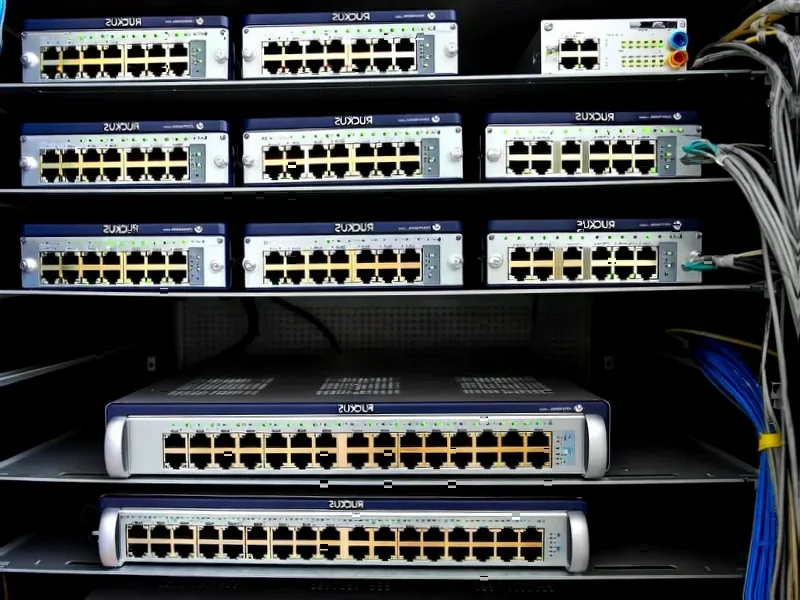According to Science.org, researchers Carlos Chaccour and Matthew Rudd discovered a dramatic surge in AI-generated letters to scientific journals after analyzing 730,000 letters published over 20 years. Their study, posted as a preprint on Research Square, identified that from 2023-25, a small group of “prolific debutante” authors suddenly appeared in the top 5% of letter writers, with one Qatari physician publishing over 80 letters this year after publishing none in 2024. These newcomers represented only 3% of all active authors but contributed 22% of published letters—nearly 23,000 total—appearing across 1930 journals including prestigious publications like The Lancet and The New England Journal of Medicine. The researchers suspect ChatGPT and similar AI tools are driving this explosion, with AI detection software scoring recent letters at 80 out of 100 for AI likelihood compared to zero for pre-2022 letters. This alarming trend represents what appears to be a systematic exploitation of academic publishing systems.
How AI Enables Academic Paper Mills
The technical architecture behind this phenomenon reveals why letters to editors represent such a vulnerable target for AI exploitation. Modern large language models excel at generating text that follows conventional academic formats without requiring genuine expertise. The research methodology shows how these systems can rapidly produce letters that appear legitimate on surface examination—proper formatting, appropriate tone, and citation of relevant literature. However, the technical limitation becomes apparent when examining reference accuracy, as AI systems frequently hallucinate or misrepresent cited sources, exactly as Chaccour and Rudd experienced when their own work was incorrectly referenced. The pattern recognition capabilities that make these models effective at mimicking academic writing also make them prone to reproducing generic critiques and standard paragraph structures that experienced editors recognize as synthetic.
The Technical Vulnerabilities in Academic Publishing
Scientific journals operate on technical infrastructures that were never designed to detect AI-generated content at scale. The peer review system, while effective for evaluating original research, typically doesn’t apply to letters to editors due to resource constraints. This creates a critical vulnerability that AI paper mills exploit. As the editorial from Clinical Orthopaedics and Related Research demonstrates, journals are now facing submission volumes that overwhelm their manual screening capabilities. The technical challenge is compounded by the fact that many AI detection tools produce false positives and require human verification, creating an unsustainable workload for editorial staff. This represents a fundamental mismatch between the speed of AI content generation and the manual processes of academic quality control.
Threats to Scientific Integrity Systems
The proliferation of AI-generated letters threatens the entire ecosystem of post-publication scientific discourse. Letters to editors serve as a crucial mechanism for correcting errors, challenging interpretations, and continuing scientific conversations. When this channel becomes polluted with synthetic content, it undermines the self-correcting nature of science. The technical solution isn’t simply better detection—it requires rethinking how we verify academic contributions. Some journals are implementing technical safeguards like requiring authors to provide verifiable quotes from cited sources, but these measures add significant overhead to an already strained system. The deeper concern is that as AI-generated content becomes more sophisticated, the distinction between legitimate critique and synthetic noise will blur, potentially causing legitimate criticisms to be dismissed as AI-generated and vice versa.
The Coming Technical Arms Race
We’re entering a technical arms race between AI content generation and detection systems. The broader research context suggests this problem extends beyond letters to full research articles, with sophisticated AI systems potentially capable of generating entire papers complete with synthetic data. The technical community needs to develop more robust verification systems that can operate at scale, possibly incorporating blockchain for provenance tracking or developing AI systems specifically trained to detect synthetic academic content. However, each technical solution creates new challenges—more sophisticated detection may drive the development of even better generation models, creating an escalating cycle that could fundamentally change how we evaluate scientific contributions. The ultimate technical challenge may be designing systems that can distinguish between AI-assisted writing that enhances human thought and purely synthetic content designed to game academic metrics.




